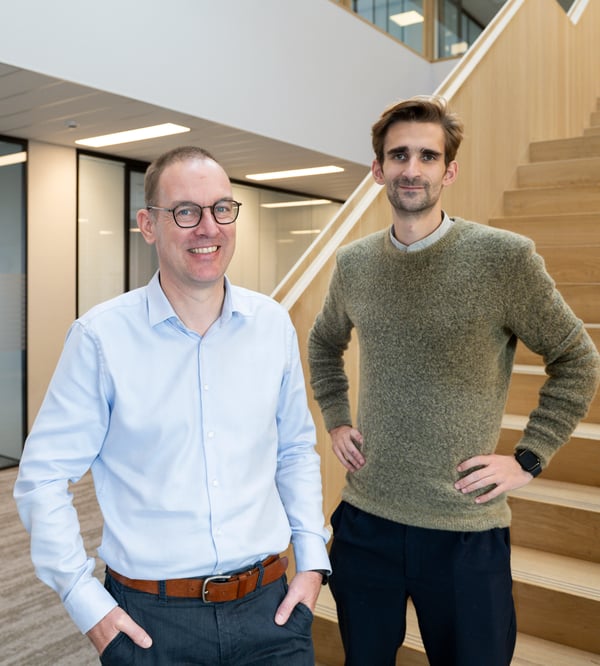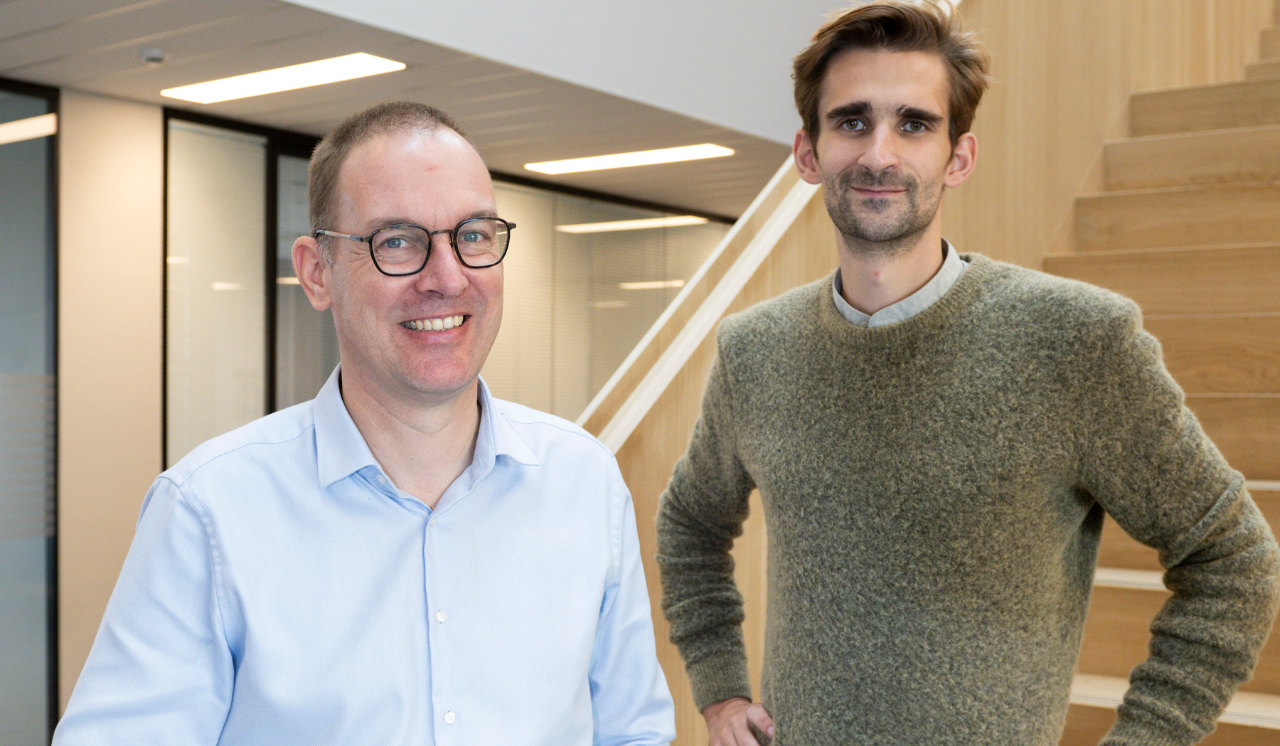In data lies the key to future success. The key is therefore to make that data visible, available and usable for the business. On its way to this data-driven approach, Lecot takes a pragmatic approach. In developing and implementing its data strategy, the construction wholesaler is assisted by AE.
Lecot's history dates back to 1888, when Charles Lecot started a hardware shop in Heule near Kortrijk. In 1911, Jean Raedschelders took over a hardware store in Maaseik. Both companies experienced strong growth over the years, until they merged in 2008. The result: a specialist in fittings, machines, fastening technology and access control with over 700 employees spread over some 80 branches and 2 logistics centres - still where it all began, in Heule and Maaseik. Lecot is a wholesaler for construction and industry. Through Lecot, customers get access to a range of over 110,000 products and related services.
In order to continue supporting customers in the best possible way - in shops and collection points, but also online - Lecot is strongly committed to digitalisation. "Our ERP environment - based on IBM technology - is a core component in the IT landscape and supports the important business processes," says CIO Stoffel Vanhalst. "This is how it has grown historically." Over the years, Lecot added additional components to its IT environment, including for warehouse management, e-commerce and reporting. "For our customer management, we chose Salesforce," continues Stoffel Vanhalst. "That was partly the trigger to take a moment to reflect on our complete application landscape, but in doing so we also thought about how we would further develop our data strategy."
Doing more with more data

Lecot felt an improvement was needed to keep the IT environment sufficiently flexible and agile in the future. "That feeling intensified when we decided to further expand our landscape by providing middleware," explains Stoffel Vanhalst. Lecot's choice in this regard fell on Boomi. "Thanks to that middle layer, we were able to move away from the classic point-to-point connections between the various applications." At the same time, it turned out to be an exercise that raised additional questions. "How can we strengthen cohesion in the IT landscape? What is the impact on data? How can we remain pragmatic even in the longer term? With the answers to those questions, we are sharpening our future outlook on IT."
A step-by-step transition to a data-driven organisation, using concrete use cases
Stoffel Vanhalst, CIO bij Lecot
Lecot wanted an independent, critical view on the current and future importance of the role of data for the company. To do so, it took on AE. Stoffel Vanhalst: "Can we build on existing solutions? Are new methods and technology relevant in our IT landscape and do they answer our challenges? We put those questions to AE." The main aim was to see how Lecot could do more with the data it has at its disposal. "In our CRM system, we collect all data on customers," explains Stoffel Vanhalst. "But besides that, we also have a PIM, focusing on product data. We wanted to explore how we could improve that whole data management - data quality, lifecycle management, governance, you name it - and how we would evolve our data architecture to do so."
Transition with longer horizon
Specifically, Lecot and AE set out to find use cases that would allow the company to put that data-driven approach into practice. "In doing so, we work with two perspectives," explains Kevin Stobbelaar, Director Data & AI at AE. "On the one hand, we look at how the company is already working with data, but also what might be blocking factors to further increase its potential. On the other hand, we also help the company discover new opportunities and make even better use of the available data." AE involves all stakeholders who work with data in that exercise: to map the existing use of data, and thus establish the starting point of the transition.
"The important thing here is to keep an overview," Kevin Stobbelaar continues.
"We look at how employees use data, for example in the context of ERP, CRM or reporting." AE talks to those employees and listens to what their experiences are, but also what expectations they have or what difficulties they experience. "Based on those insights, we defined different categories of challenges, linked to the potential we see in them." AE then linked that to the architectural component. "That shows what we think is possible on a three- to five-year timescale." In this way, AE's approach indicates by itself that this is not a one-off intervention, but a longer-term trajectory. "It is a transition," confirms Stoffel Vanhalst, "which as a company you have to support not only technologically, but also organisationally in the right way."
Step-by-step approach
In reality, that appears to be the only right way for a company looking to transform itself into a data-driven organisation. At the same time, it is an approach that goes against a way of working that was common not so long ago. "Back then, a company often had the reflex to first invest in implementing a big data platform," says Kevin Stobbelaar. But in practice, such a platform provides little more than a foundation. After that difficult exercise - which often consumes a lot of time and budget - the real work still has to begin. This is precisely why AE prefers to approach a data project differently.
"At Lecot, we have adopted a gradual, step-by-step approach," explains Kevin Stobbelaar, "with concrete cases." The success of those cases provides Lecot with the inspiration and motivation to take another step each time. "We use Microsoft Azure for this, but see that technology rather as a means," says Stoffel Vanhalst, "not as an end in itself. We deliberately take a technologically agnostic approach. We therefore do not see this as an IT project, but rather as a path to bring data closer to the business owners."
New insights
The first use cases included implementing Salesforce and unlocking data from Lecot's CRM and ERP environment. "We took a very pragmatic approach to that as well," explains Stoffel Vanhalst. "We provided the architecture that enables the data to be unlocked in a way that facilitates the smooth deployment of that data to other use cases." The intention is to bring more data together and gain new insights from it. "The architecture we have put in place also provides a foundation for more targeted reporting in this regard." Through self-service tools, this will give the business easier access to data. "That was the ultimate goal," says Kevin Stobbelaar. "To work more with data, you also have to simplify the consumption of that data."
Clear plan
For Lecot, it is still too early to put the ROI of the process into concrete numbers. "But we do already see greater predictability emerging in the way we work," Stoffel Vanhalst points out. "There is a clear plan, there is a clear handhold. Qualitatively, the added value of that is already established." This provides Lecot with a solid foundation to continue its evolution towards a more data-driven organisation. "The architecture allows specific IT workloads to be more visible to the business," concludes Stoffel Vanhalst. This should encourage the business to make more and better use of the available data and support decisions with insights from that data. "Thanks to the journey we have been on with AE over the past year, we are making our data journey much more concrete."

.png)